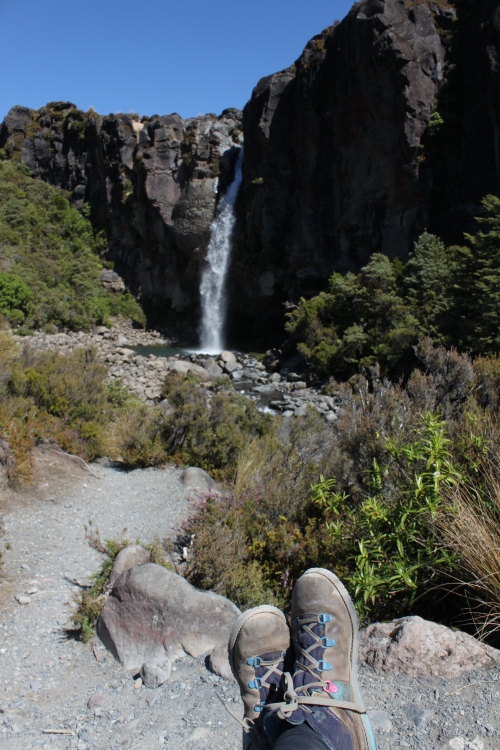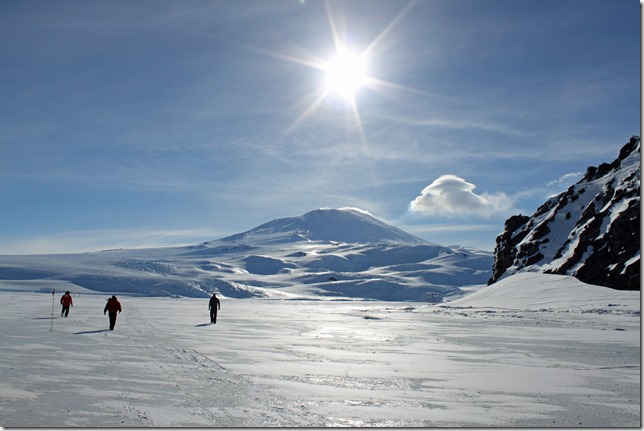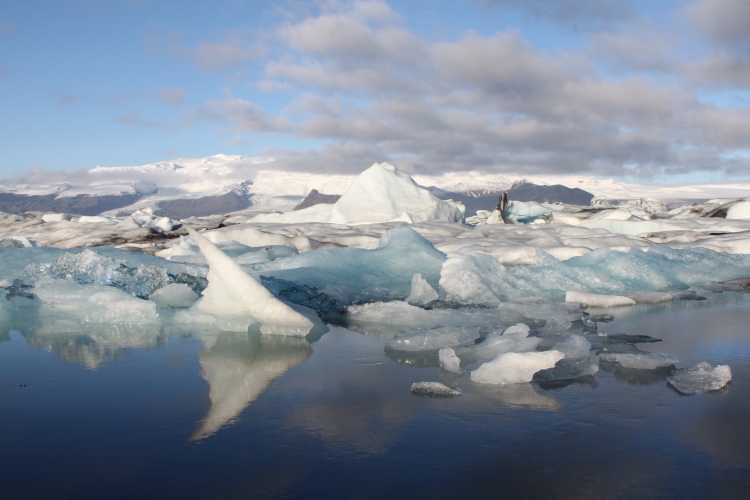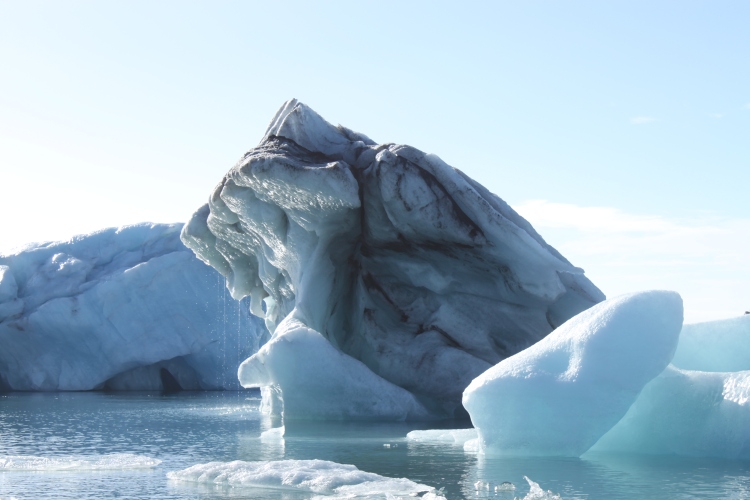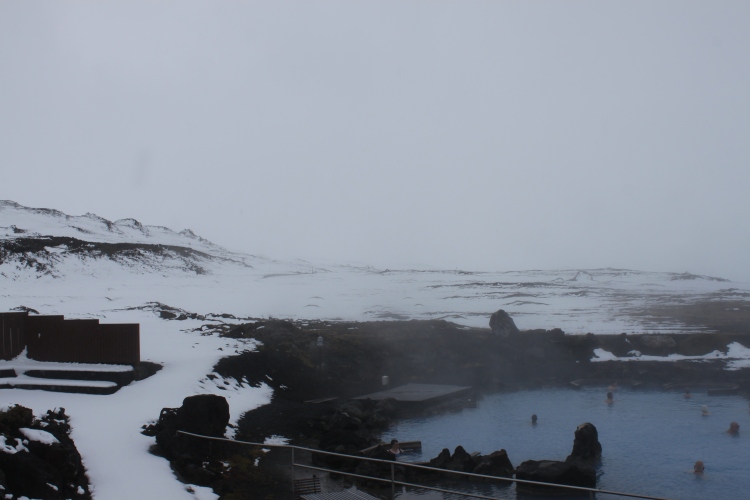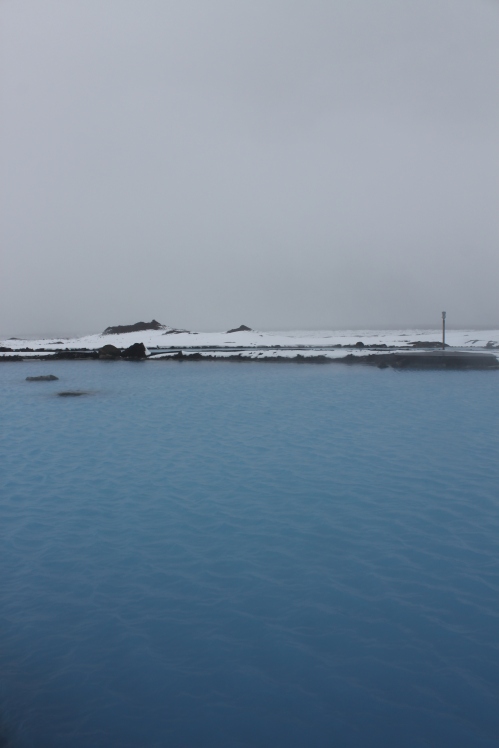Arriving.
I wanted to go to Glacier before the glaciers melted.
M and I drove across North Dakota in September, through grey midday skies that drifted into the horizon. Flat and misty and shouldered in by hurrying semi trucks on I-94. We stayed in a tiny Forest Service campground the first night, woke to the prairie wind tugging at our tent from the inside. The kind of wind that combs through the grasses. The kind of wind whose physical form you can see, smoothing the landscape with open hands.
Into Montana, shear rock faces snuck up on us, the way mountains sometimes do. We pulled into a deserted campsite, small and quiet in a rocky basin, and were too spooked by the bear-alert signs to stay there alone, so we kept driving to find people. The moon rose and the wind shushed in the tall pines, punctuated only by intermittent cars on the mountain highway.

Sunrise is slow in the mountains.
We packed up into the little red car as the sun was coming over the ridge, having been awake for a few hours, cold fingers holding coffee mugs and brushing wet pine needles from the footprint of the tent.
We drove through one-road towns, tucked in just a few hundred feet off the road. Decaying, fire-destroyed wooden buildings littered themselves down the slopes, and the Belt Creek ran beside the asphalt and under the road. The colors changed to a palette of rust, seafoam, and evergreen.

East Glacier.
Trees turned more gold and the temperature dropped as we drove north into autumn. We made it to Two Medicine camp in East Glacier that night. The lake reflected the gloaming moon and the post-sunset shadow mountains.


In the early morning there was no wind, just the silence of the night animals except for one faraway owl.
One morning bighorn sheep tore through the campsite, galloping straight toward me on a walk back from the bathroom. I froze and then tucked myself into an empty campsite while they ate coal from the fire pit, huffing and startling each other.

We read and wrote and hiked each day. Something I like about camping is that I get to wake up and be immediately outside, to get out of my head and into the trees.
As we hiked we found blue-green pools.

A moose drinking.

Trees bent and broken from storms.

The bears are getting ready to hibernate and are eating single-mindedly, constantly. They are more easily startled. We walked paths with hidden turns, hollering and clapping so bears would know we were coming.
It rained and stopped, rained and stopped. Clouds low and water breathing.

At night, the clouds cleared, and with them their insulation. Our tent was covered in frost and we stuffed army wool blankets into our sleeping bags.
(to be continued…)






